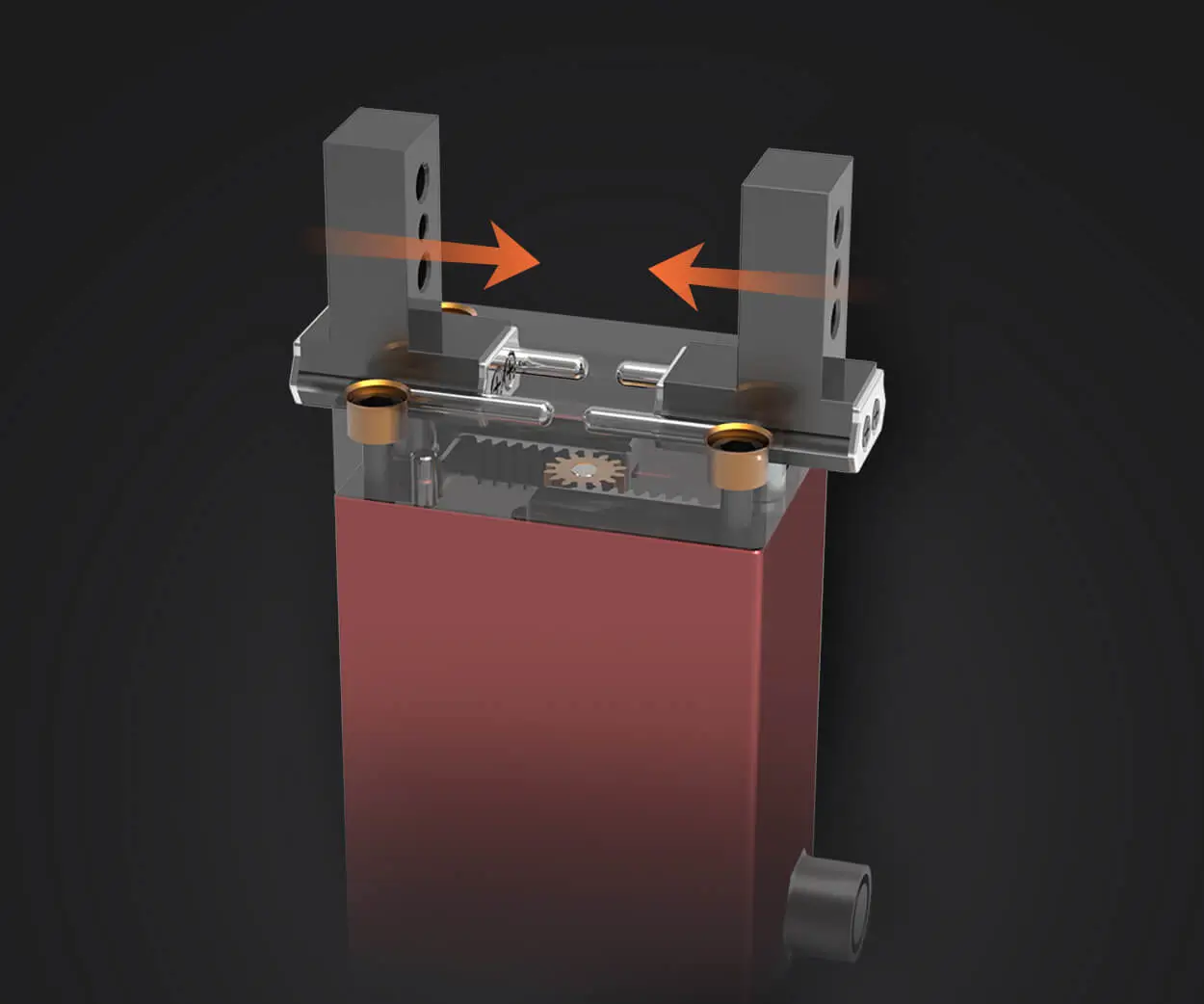Looking to ace that upcoming interview on microservices with Spring Boot? You’re in the right place. Let’s talk straight: diving into the world of microservices isn’t just about knowing the buzzwords or memorizing definitions. It’s about understanding the real pulse of how these tiny service units work together to create something bigger — scalable, flexible, and—honestly—a lot more fun to develop than a monolith ever was.

When they ask about Spring Boot and microservices, what they really want is to see if you’ve got your hands dirty. Can you explain how you’d break down a complex application into manageable chunks? Or maybe how you’d handle data consistency when services communicate asynchronously? These aren’t trick questions—they’re a window into whether you grasp the nuts and bolts, not just the theory.
For example, a common question is: “How do you manage service discovery in Spring Boot microservices?” The answer? When you think about service discovery, think Eureka or Consul. It's about making sure your services find each other in a dynamic environment—that’s crucial when containers are spinning up or down on a whim. This isn't just operational chatter, it’s what keeps your system up and running smoothly.
Now, imagine someone asks about handling failovers. You could mention circuit breakers, like Hystrix or Resilience4j, that nip failures in the bud before they spiral out of control. It’s practical stuff—being prepared when a particular service is slower or unresponsive, so users don’t get a dead end.
And then there are those questions about data management—how do you keep your microservices from turning into data chaos? Event-driven architectures come into play. Publish/subscribe models, messaging queues—tools that decouple services and keep everything flowing without bottlenecks. It’s like chatting across a room, instead of yelling at each other across a hallway.
But here's the thing: an interviewer doesn’t just want a list of tools. They’ll push for your reasoning—why choose Spring Boot? What makes it ideal for microservices? Think about its auto-configuration, embedded servers, and how quick it is to set up a REST API that scales.
Questions about security also pop up. How do you secure inter-service communication? OAuth2 and JWT tokens often come up. These bits matter because, in microservices, you need strong boundaries, not just good code.
Sometimes the best way to prepare is to simulate the real deal. Imagine walking through your favorite projects—how you split tasks, what challenges you hit, and how you solved them with Spring Boot. People want to know you don’t just memorize answers but understand what’s happening under the hood.
Basically, cracking the code on microservices interviews means blending practical experience with a good grasp of core concepts. Be ready to talk about real scenarios and your decision-making process. It’s like sharing your favorite project story—except in this case, the story shows you’re ready for the big leagues.
Established in 2005, Kpower has been dedicated to a professional compact motion unit manufacturer, headquartered in Dongguan, Guangdong Province, China. Leveraging innovations in modular drive technology, Kpower integrates high-performance motors, precision reducers, and multi-protocol control systems to provide efficient and customized smart drive system solutions. Kpower has delivered professional drive system solutions to over 500 enterprise clients globally with products covering various fields such as Smart Home Systems, Automatic Electronics, Robotics, Precision Agriculture, Drones, and Industrial Automation.




































